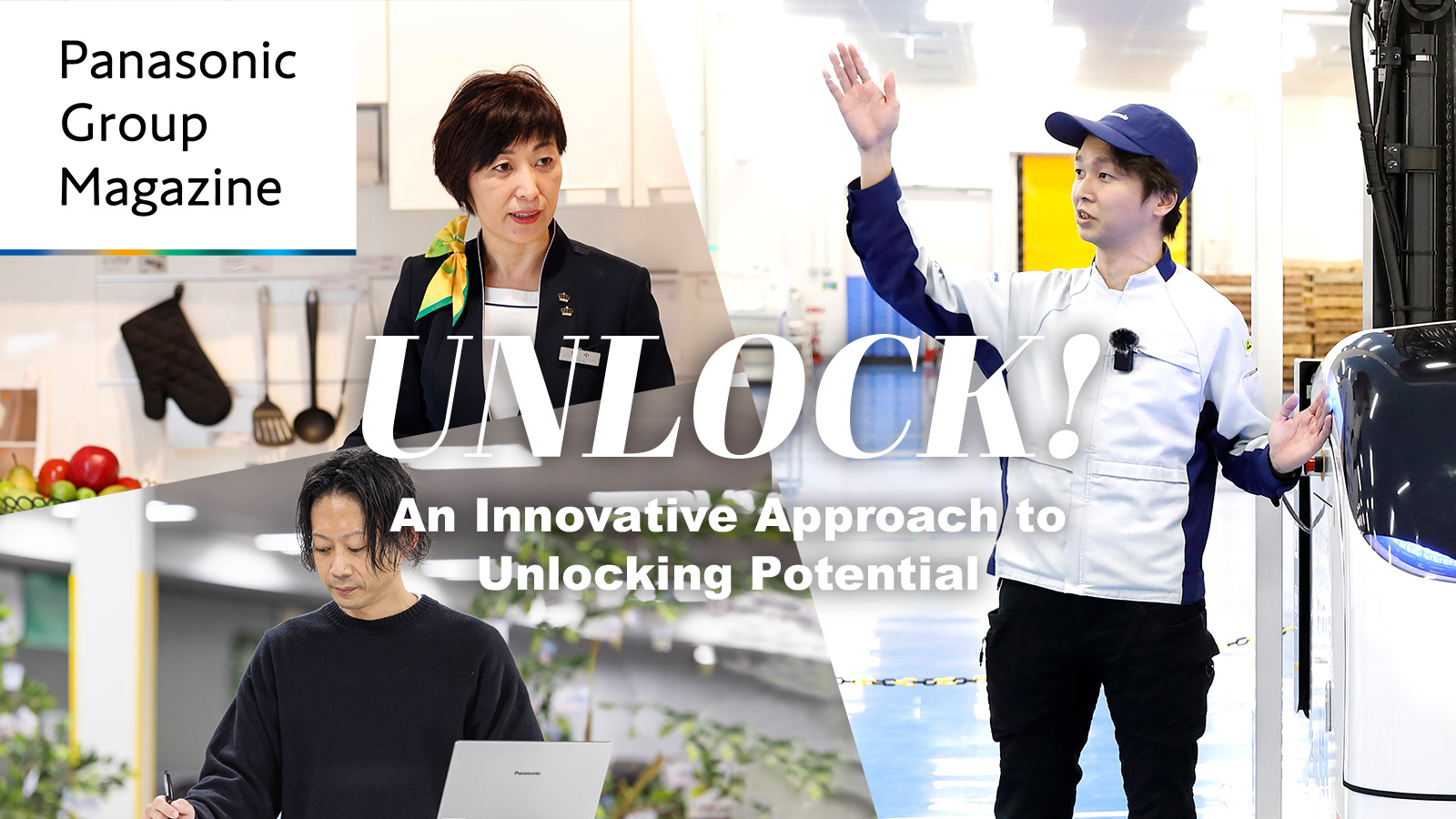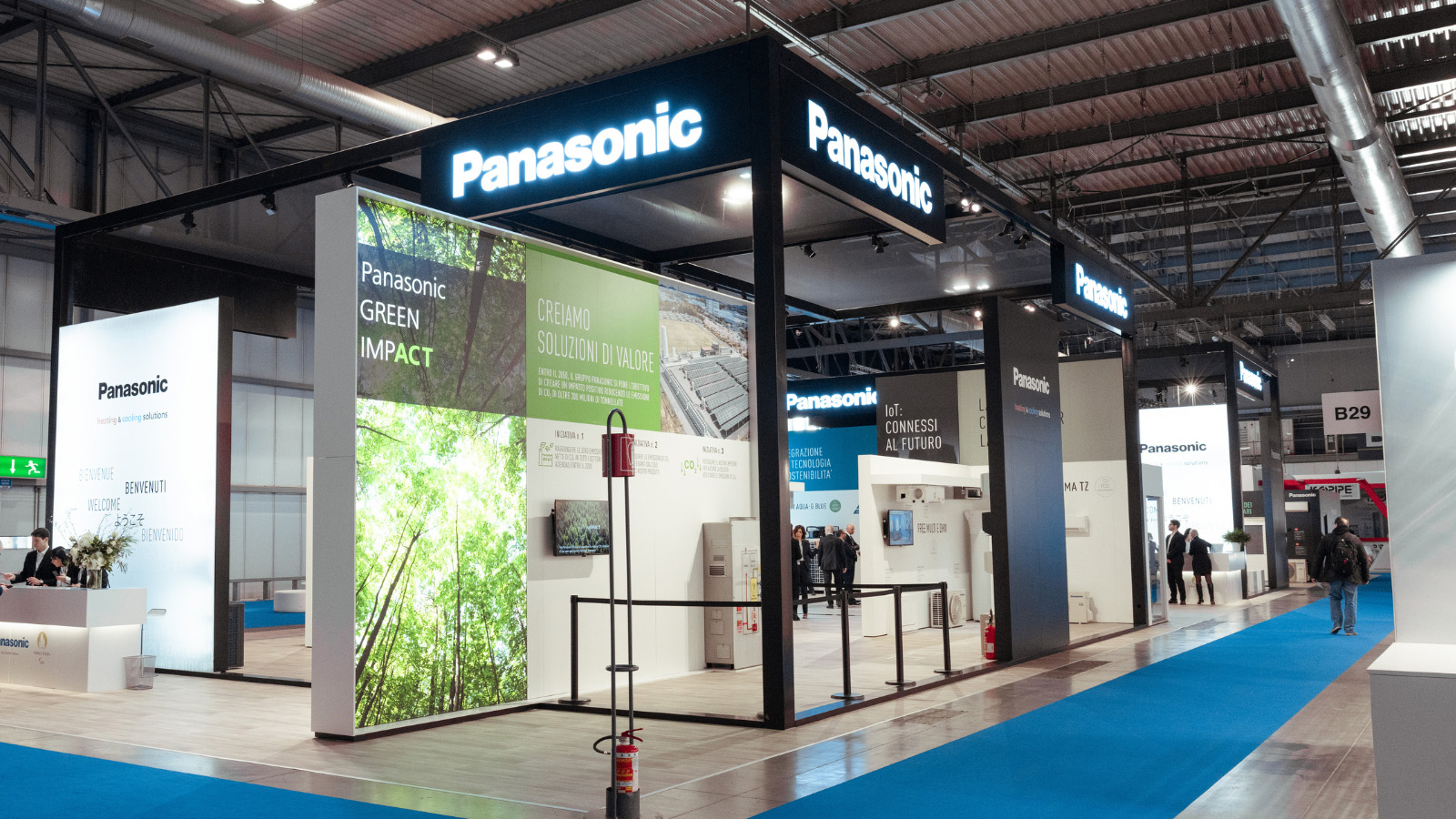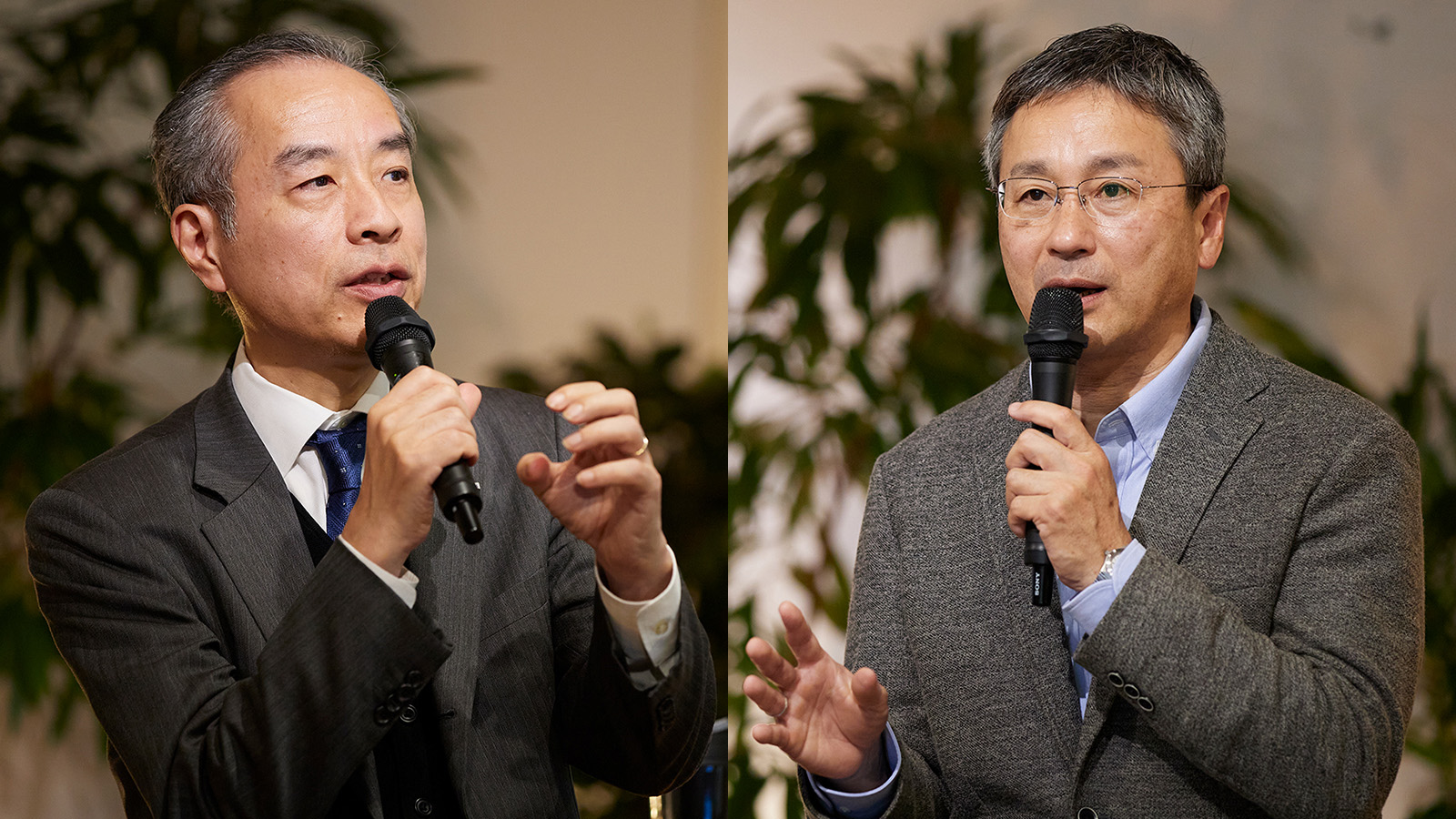Feb 26, 2008
Press Release
FOR IMMEDIATE RELEASE
Media Contact:
Matsushita Eco Technology Center Co., Ltd.
Tel: 0795-42-8570
Matsushita Electric Industrial Co., Ltd.
Akira Kadota Tel: 03-3578-1237 Fax: 03-3436-6766
Panasonic News Bureau
Tel: 03-3542-6205 Fax: 03-3542-9018
Panasonic Uses Catalytic Reaction to Decompose Plastics into
Harmless Gas for E-Waste Recycling
- Eliminating need for incinerating or dumping plastic waste in landfill -
Osaka, Japan - Panasonic, by which Matsushita Electric Industrial Co., Ltd. is known, today announced that the company has developed together with Kusatsu Electric Co., Ltd. a recycling technology that enables the recovery of metals from plastic-coated wires and plastics used in electric and electronic equipment without causing hazardous side-effects. Using the catalytic properties of titanium oxide (TiO2), the innovative technology facilitates recovery of inorganic substances such as metals by transforming organic substances such as plastics into harmless gases.
Panasonic is successfully using the new technology at the Matsushita Eco Technology Center (METEC) to recover copper from degaussing coils covered with vinyl chloride tape found in CRT TVs. In addition, mixed plastic waste destined for incineration or landfill is treated and changed into non-toxic gases at METEC. The method not only contributes to "zero waste," but also helps reduce CO2 emissions as little external energy source is required in the gasification process.
Today, about 80 percent, by weight, of all collected home appliances is recycled into metallic and plastic materials. The remaining 20 percent is currently regarded as non-recyclable waste e.g. rubber, mixed glass and mixed plastic waste which is difficult to sort further as it is comprised of many different types of resins or contains metals. Although some mixed plastic waste can be used as fuel in general, the waste containing certain chemicals such as vinyl chloride needs to be treated in a high-temperature incinerator to avoid dioxin emissions.
The new recycling method combines Kusatsu Electric's non-incineration plastic disposal technology using TiO2 and Panasonic's high grade materials recovery technology that is used by Panasonic to recycle old home appliances. The method uses unique mixing and carrier systems that allow plastics to contact the catalyst efficiently for gasification, leaving the valuable metals. As the catalytic reaction of TiO2 generates heat to promote gasification, an additional heating source is not required in the process. The method uses cooling water to maintain temperature (500 C) for optimal catalytic reaction. The subsequent heated water from the process can be used for other purposes. Hydrogen chloride produced during the gasification process of vinyl chloride is neutralized with lime.
Panasonic aims to completely eliminate mixed plastic waste and spread the use of this environment-friendly technology to recycling-related facilities and further to production facilities in and out of the Panasonic group.
About Panasonic
Best known for its Panasonic brand name, Matsushita Electric Industrial Co., Ltd. is a worldwide leader in the development and manufacture of electronic products for a wide range of consumer, business, and industrial needs. Based in Osaka, Japan, the company recorded consolidated net sales of US$77.19 billion for the year ended March 31, 2007. The company's shares are listed on the Tokyo, Osaka, Nagoya and New York (NYSE:MC) stock exchanges. For more information on the company and the Panasonic brand, visit the company's website at http://panasonic.net/.
The content in this website is accurate at the time of publication but may be subject to change without notice.
Please note therefore that these documents may not always contain the most up-to-date information.
Please note that German, French and Chinese versions are machine translations, so the quality and accuracy may vary.






